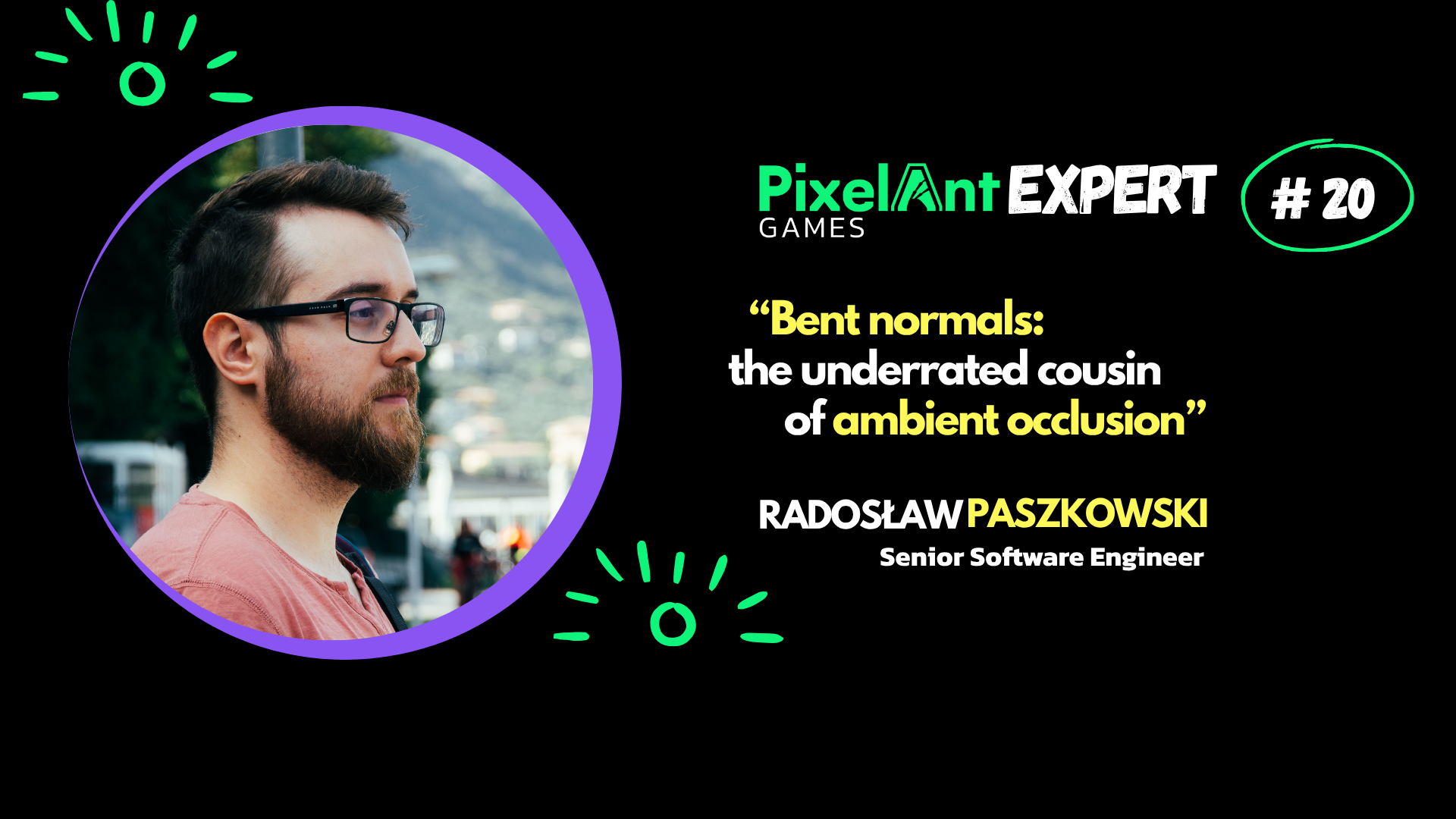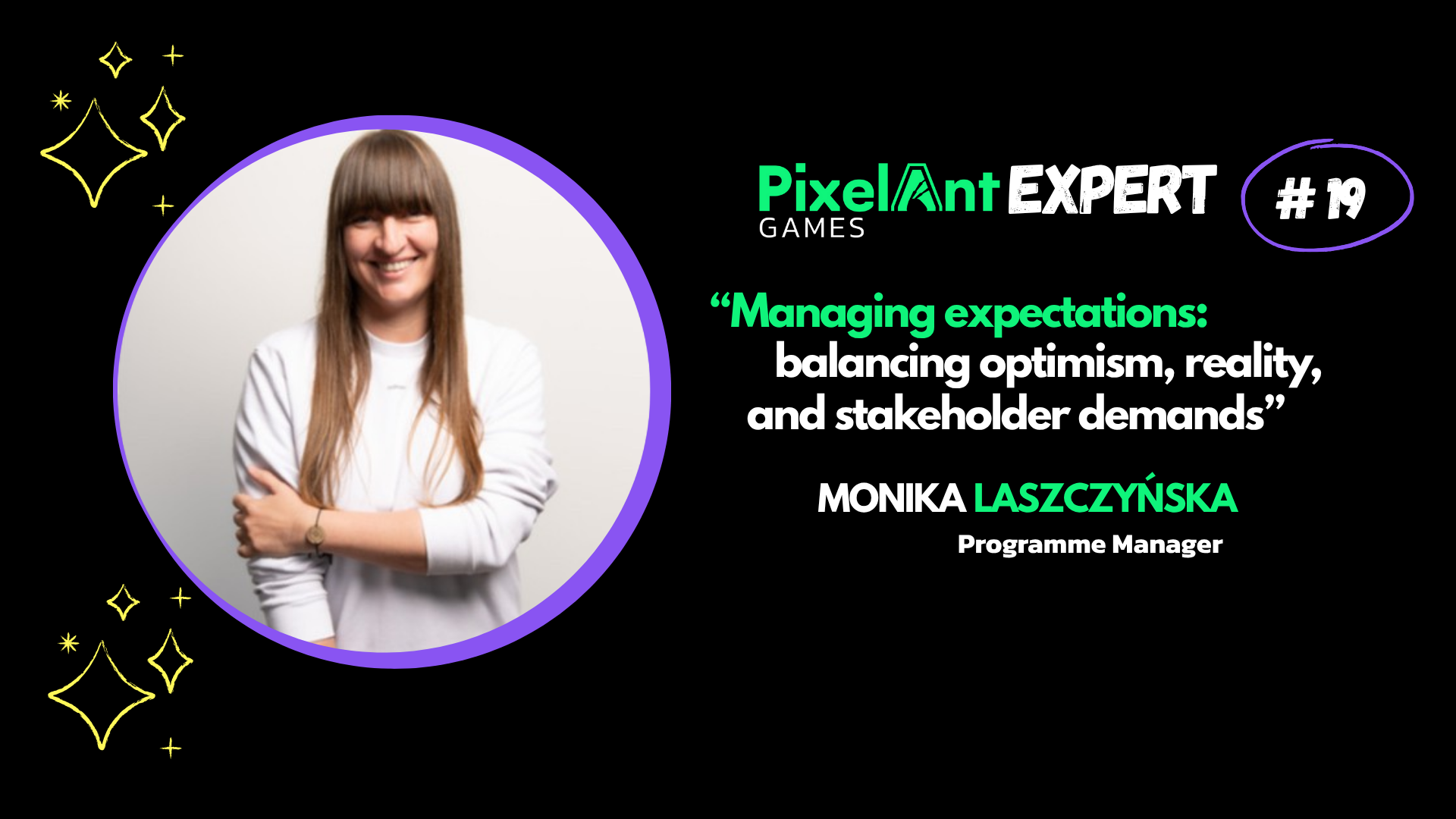
Why is ‘why’ so important?

70% of change initiatives fail, while 80% of innovation attempts never reach the market. What separates success from failure? Often, it comes down to a single, three-letter word: ‘why’.
In today’s complex business landscape, organizations face unprecedented challenges requiring both inspired leadership and deep problem-solving. Yet many leaders rush to tell teams “what” to do without explaining “why,” while teams frequently accept challenges at face value without questioning deeper causes.
As Simon Sinek eloquently states in “Start With Why”: “People don’t buy what you do; they buy why you do it.” This principle extends beyond marketing to every aspect of organizational leadership.
The power of “why” operates in two critical dimensions:
1. As a leadership tool: When leaders start with “why,” they create purpose-driven teams. Explaining the reasoning behind initiatives taps into intrinsic motivation rather than mere compliance. Change becomes something people embrace rather than resist because they understand its purpose and value.
2. As a questioning tool: Warren Berger’s “A More Beautiful Question” demonstrates how “why” functions as perhaps our most underutilized problem-solving tool. Too often, we accept problems at face value rather than digging deeper to uncover root causes. By simply asking “why” (usually multiple times), we can cut through symptoms to address fundamental issues.
Both of these techniques are essential in a professional environment to communicate effectively with coworkers, subordinates, and superiors.
The most successful organizations master both aspects: leaders who explain “why” are paired with teams empowered to ask “why.”
What you should remember:
– Before announcing any change initiative, clearly articulate why it matters, not just what needs to be done
– Practice the “5 WHYs” technique when facing challenges to move past symptoms to root causes
– Create psychological safety so team members feel comfortable asking “why” without fear
– Connect daily tasks to a larger purpose through regular “why-centered” communications
– Reward curiosity and questioning as much as solution-providing
